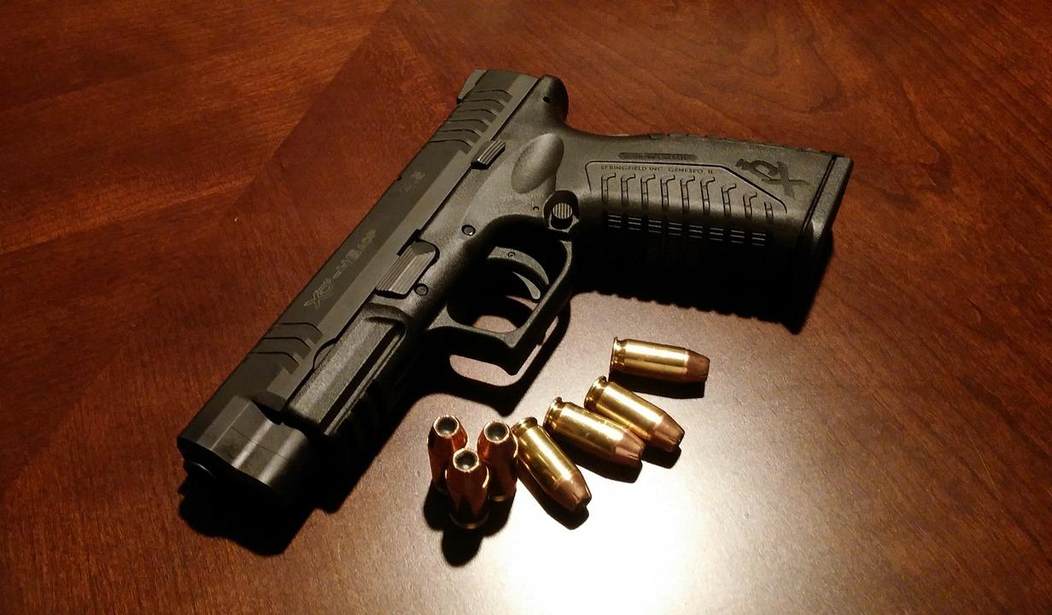Microstamping is the process by which a round being fired is stamped with a small, unique identifying number on each shell when it’s fired. In theory, this identifier would allow the police to trace the gun used in a crime and make an arrest.
Years ago, New York was on the verge of mandating this technology, but the measure failed. Now, they’re at it again.
In 2010, gun-control activists thought they were on the verge of a major victory in Albany.
Led by then-New York City Mayor Michael Bloomberg and backed by his considerable fortune, activists were pushing a bill requiring new handguns be equipped with microstamping — technology allowing a unique code to be etched into each bullet casing as it’s fired. The marked casing could then be used to determine the make, model and serial number of the weapon from whence it came. The technology has been billed as an aid to law enforcement seeking to identify a gun used by an assailant.
Ultimately, they came up short. It’s remained that way for the last 12 years.
Now, as New York reels from an increase in gun violence, gun-control activists appear on track for victory once again.
This week, New York could become the second state in the U.S. to begin the process of mandating microstamping capability in newly manufactured handguns sold in New York. The push comes despite significant opposition from the firearms industry. Gun-control activists say they’re hopeful the Democratic-controlled state Legislature will approve a measure advancing the initiative before lawmakers end their annual legislative session on Thursday.
That sentiment is bolstered in part by Democratic Gov. Kathy Hochul’s backing as she pushes a series of gun-control measures in response to recent mass shootings in Buffalo and Texas.
There’s a problem, though. Microstamping doesn’t actually work.
Gothamist, who published the piece, acknowledges the criticisms, but only just. Instead, they simply cite that there is criticism and then hand it back over to the gun control advocates who just blame gun rights supporters.
But the problems with microstamping go well beyond whether it’s widely implemented.
To start with, the part that applies the unique identifier is a part that can be worn down, either by age or intention. As such, that identifier will eventually just disappear.
Further, any parts in a firearm can be replaced. How do you replace a firing pin and keep the number intact?
The answer, of course, is that you can’t.
Especially since a firing pin isn’t exactly a difficult part to manufacture in the first place. A simple swap renders microstamping technology irrelevant.
Then there’s the fact that there are around 400 million guns already out there without microstamping. It’s kind of difficult to imagine that suddenly, there would be this huge benefit to this technology.
And what about when the gun is stolen?
The identifier simply links the gun with the lawful purchaser, but most guns used in crime are stolen guns. Very few people buy a gun lawfully and then commit criminal acts.
So with that in mind, just how would microstamping lead police to the criminals? The answer, of course, is that it won’t.
Instead, all it will do is reduce the number of firearms available in New York to law-abiding folks. Which, if we’re honest, is the whole point of this exercise in the first place.








Join the conversation as a VIP Member